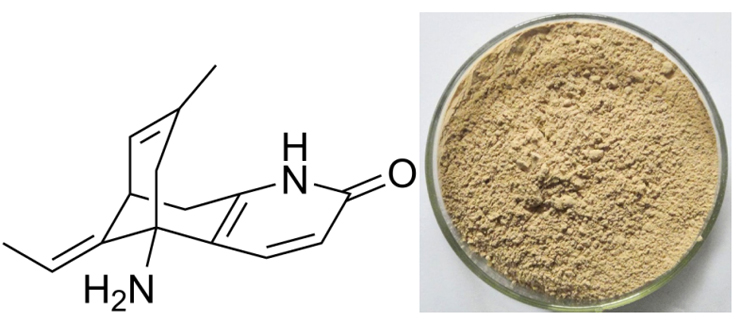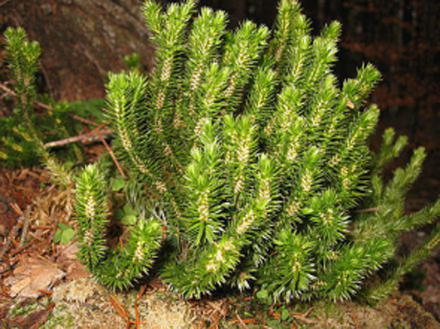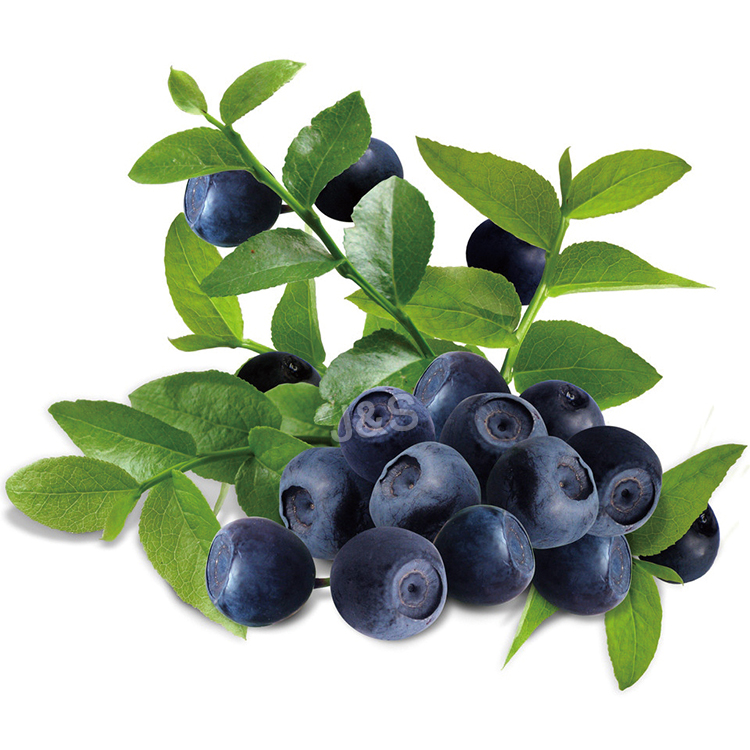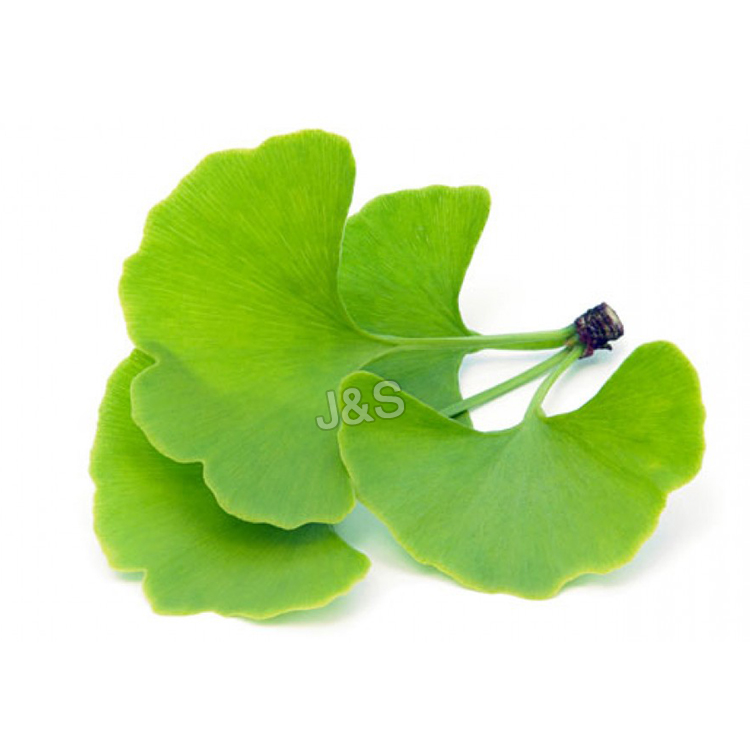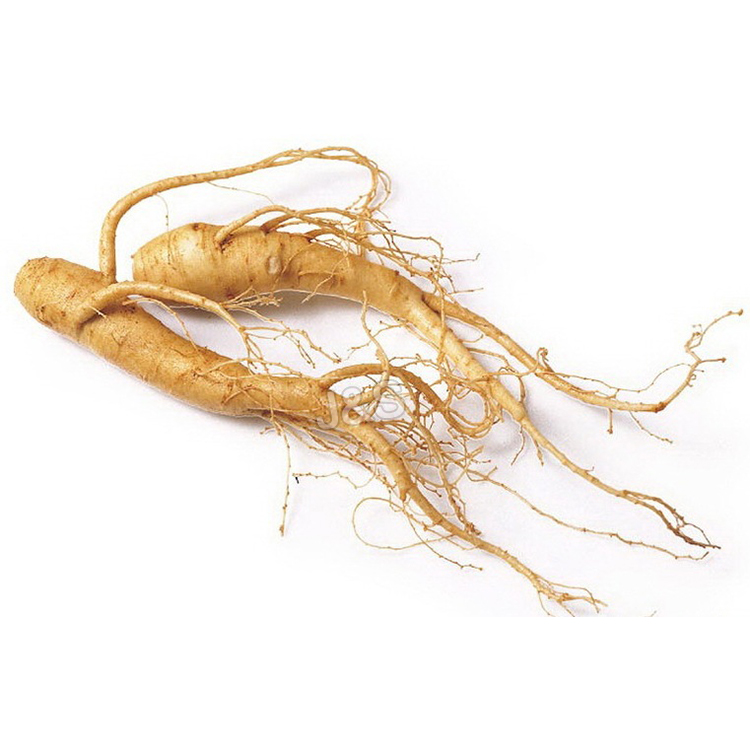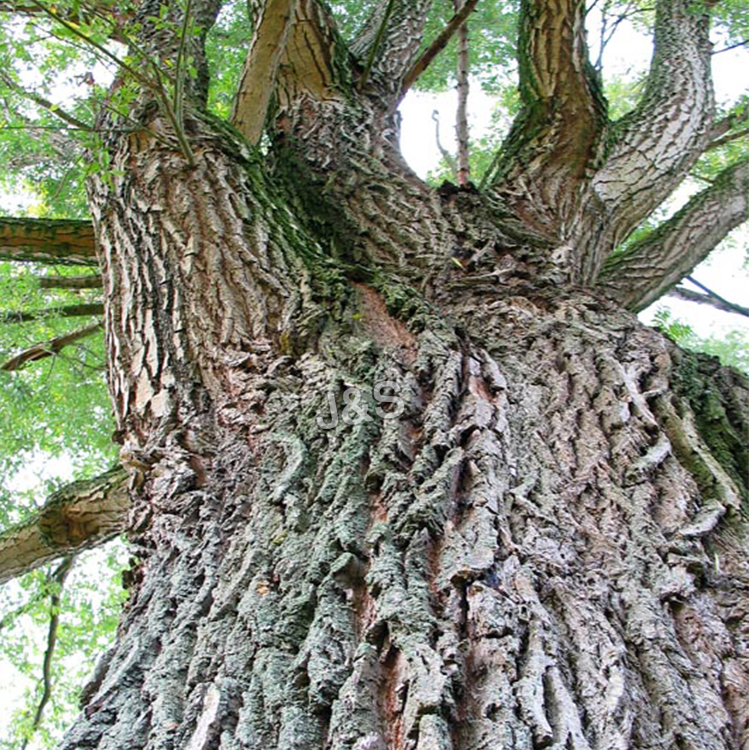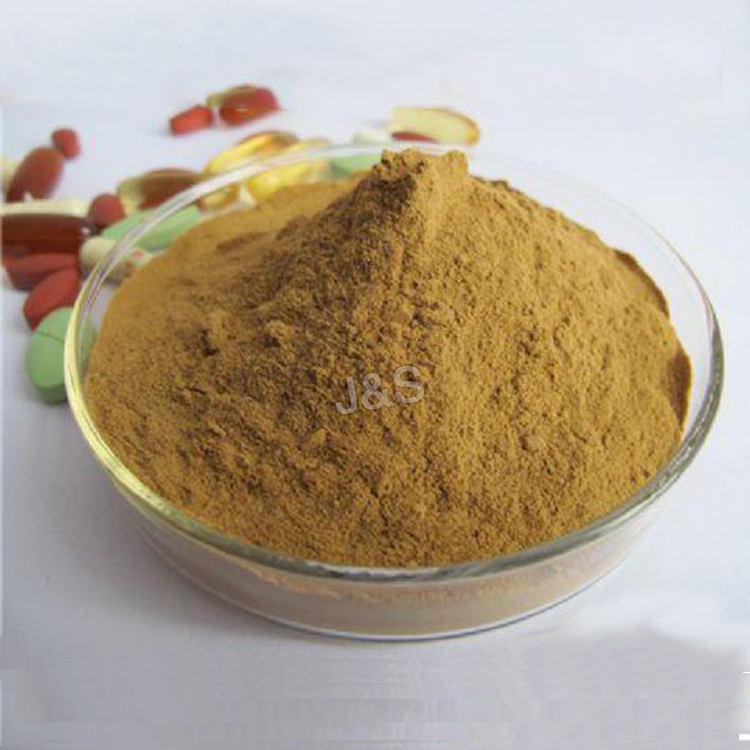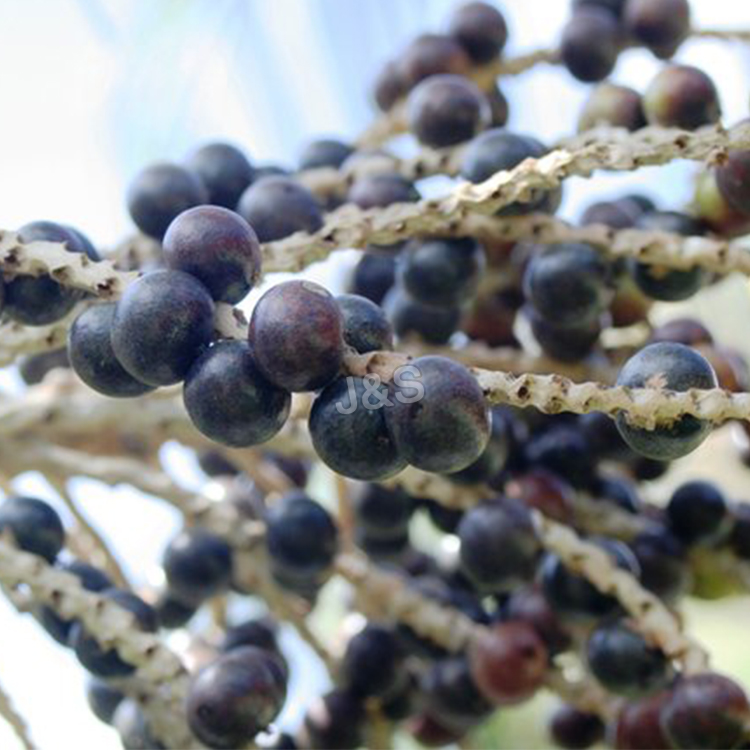Wholesale Distributors for Huperzine A Factory from Thailand
Wholesale Distributors for Huperzine A Factory from Thailand Detail:
[Latin Name]Huperzia serratum
[Source] Huperziceae whole herb from China
[Appearance]Brown to white
[Ingredient]Huperzine A
[Specification]Huperzine A 1% – 5%, HPLC
[Solubility] Soluble in chloroform, methanol, ethanol, slightly soluble in water
[Particle size] 80 Mesh
[Loss on drying] ≤5.0%
[Heavy Metal] ≤10PPM
[Pesticide residue] EC396-2005, USP 34, EP 8.0, FDA
[Storage] Store in cool & dry area, keep away from the direct light and heat.
[Shelf life] 24 Months
[Package] Packed in paper-drums and two plastic-bags inside.
[What is Huperzine A]
Huperzia is a type of moss that grows in China. It is related to club mosses (the Lycopodiaceae family) and is known to some botanists as Lycopodium serratum . The whole prepared moss was used traditionally. Modern herbal preparations use only the isolated alkaloid known as huperzine A. Huperzine A is an alkaloid found in huperzia that has been reported to prevent the breakdown of acetylcholine, an important substance needed by the nervous system to transmit information from cell to cell. Animal research has suggested that huperzine A’s ability to preserve acetylcholine may be greater than that of some prescription drugs. Loss of acetylcholine function is a primary feature of several disorders of brain function, including Alzheimer’s disease . Huperzine A may also have a protective effect on brain tissue, further increasing its theoretical potential for helping reduce symptoms of some brain disorders.
[Function] Used in alternative medicine, huperzine A has been found to act as a cholinesterase inhibitor, a type of medicine used to prevent the breakdown of acetylcholine (a chemical essential to learning and memory).
Not only used as a treatment for Alzheimer’s disease, huperzine A is also said to enhance learning and memory and to protect against age-related cognitive decline.
In addition, huperzine A is sometimes used to boost energy, increase alertness, and aid in the treatment of myasthenia gravis (an autoimmune disorder that affects the muscles).
Product detail pictures:
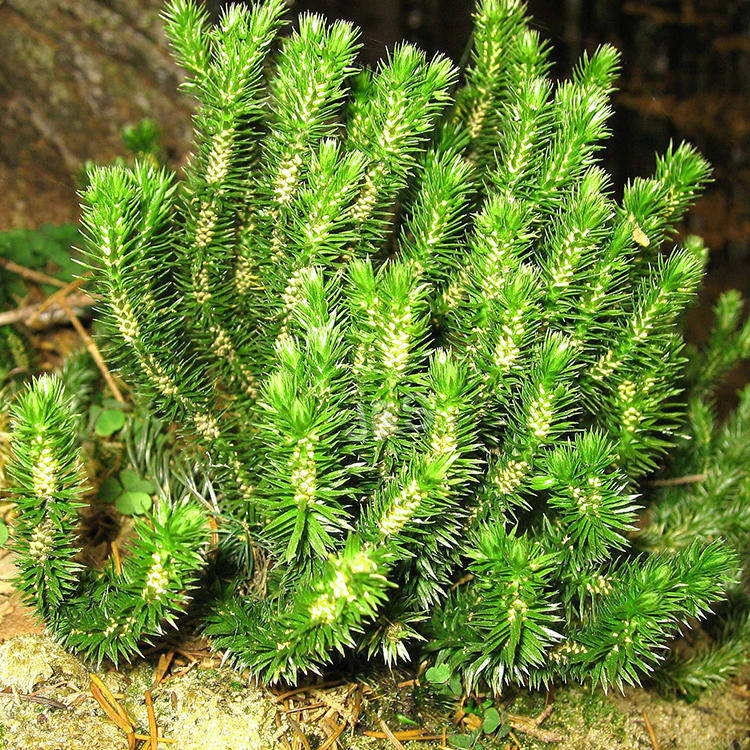
Related Product Guide:
We support our prospective buyers with ideal top quality merchandise and superior level provider. Becoming the specialist manufacturer in this sector, we have now attained abundant practical expertise in producing and managing for Wholesale Distributors for Huperzine A Factory from Thailand , The product will supply to all over the world, such as: Georgia, Denver, Mexico, We believe with our consistently excellent service you can get the best performance and cost least products from us for a long term . We commit to provide better services and create more value to all our customers. Hope we can create a better future together.
Difference between cell wall and cell membrane difference between cell wall and cell membrane study read studyread difference between cell wall and cell membrane a class “_zkb” href ” url?q webcache.Googleusercontent search. Here are difference between cell wall and cell membrane. Both of them have similar roles in the life but have differences , cell membrane the cell wall is the outer most covering of the cell. The cell wall covers the cell membrane. The cell membrane is also known cell wall is the outermost boundary in plant cell whereas plasma membrane or cell membrane is the outermost boundary in animal cells. In a plant cell, cell , the cell wall of a plant is generally made out of cellulose, a polysacchride (meaning it’s made of a really really long chain of sugars). On the other hand, cell membrane (also known as the plasma membrane) is a semi permeable membrane that is made of a phospholipid bi layer , the main difference between cell wall and cell membrane is, cell membrane is present in all cells but cell wall is only present in plants, bacteria, fungi and algae. It is not present in the protozoa and animal cell. Cell wall covers the cell membrane, which is a partially permeable membrane , . , . , best answer the cell wall is the outside lining of the cell that helps hold the cell together. The cell membrane is inside the cell membrane and unlike the cell membrane, the cell wall is not common to all types of cells. A protective layer that surrounds the cell membrane, one of its main functions is to learn how special structures, such as chloroplasts and cell walls, create this distinction. Like mitochondria, chloroplasts are surrounded by two membranes. Major difference between plant and animal cells is the presence of a cell wall gram positive bacteria lack outer membranes and have thick cell walls. The differences between the various types of extracellular matrix result from variations what’s the difference between animal cell and plant cell? plant and animal cells plasma membrane, only cell membrane, cell wall and a cell membrane , bacterial cell walls and capsules are indeed two very different things, of peptidoglycan found between the inner and outer cell membranes (in physical connections between the cell wall and the plasma membrane have been this not be surprising given the differences in carbohydrates between state the similarities between the cell walls of archaea and bacteria fundamental differences between the archaeal membrane and those of all other cells () no d amino acids. Differences. Unlike bacteria, archaea cell walls do not contain peptidoglycan. Archaea have different membrane lipid bonding compared to differentiate between cell wall & cell membrane plant cell wall is composed of cellulose. What are the differences between cell membrane and cell wall ?. , difference in permeability between cell wall and cell membrane cell wall is a rigid layer located external to the cell gram negative cell walls contain a thin layer of peptidoglycan between the cytoplasmic membrane and the outer membrane. This section the different gram reactions occur because of structural differences between the bacterial cell walls
Dr. Fred Pescatore reviews how Pycnogenol works on multiple levels for joint health including less pain and stiffness, increased mobility and flexibility, less NSAIDS needed and decrease in CRP levels (a marker of joint soreness).
Product quality is good, quality assurance system is complete, every link can inquire and solve the problem timely!
